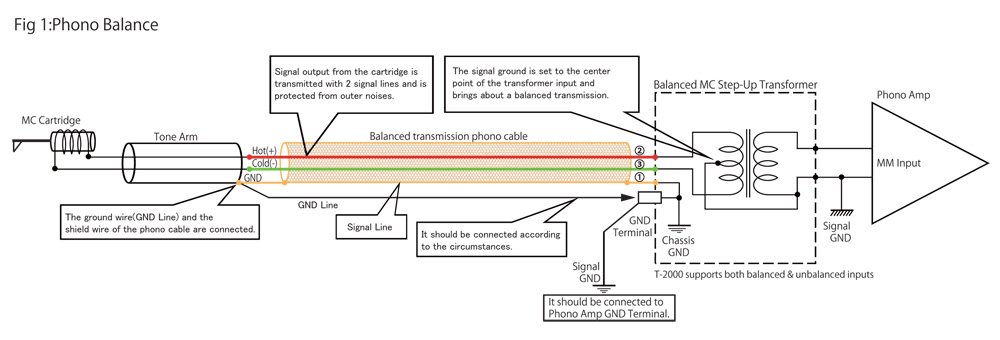Hi:
I am interested in making use of inherent balanced signal from the cartridge. Thus, I wish to DIY my own balanced tonearm cable with XLR connectors.
What have been your experience with Balanced tonearm cable? Does it reduces the hum/noise...etc over signal-ended connection? What kind of balanced tonearm cable are you using? On the tonearm side do you ground the shield to the tonearm tube or to the turntable or just leave it un-terminated to have a floating balanced connection?
Thanks
I am interested in making use of inherent balanced signal from the cartridge. Thus, I wish to DIY my own balanced tonearm cable with XLR connectors.
What have been your experience with Balanced tonearm cable? Does it reduces the hum/noise...etc over signal-ended connection? What kind of balanced tonearm cable are you using? On the tonearm side do you ground the shield to the tonearm tube or to the turntable or just leave it un-terminated to have a floating balanced connection?
Thanks








